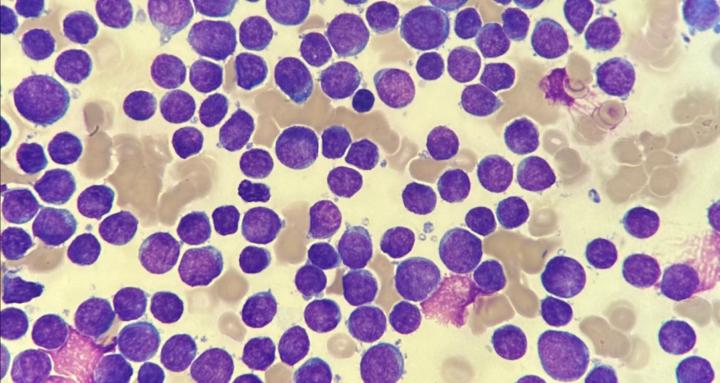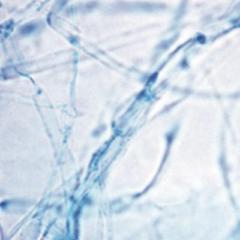Aug 15 • General discussion
🩸CBC Crash Course: What You REALLY Need To Know For The ASCP
Greetings my Little Gang of Nasties😜😈
The Complete Blood Count (CBC) is one of the most common lab tests you’ll see, and it’s PACKED with useful info. Here’s a quick breakdown of the key components and how to think about them:
🩸WBC: White Blood Cell Count
Literal count of all white blood cells in circulation.
🩸RBC: Red Blood Cell Count
Literal count of all red blood cells in circulation.
🩸HGB: Hemoglobin
Oxygen-carrying protein in RBCs. Low in anemia, high in chronic heart/lung disease.
🩸HCT: Hematocrit
% of your blood made up of RBCs.
Low = anemia
High = dehydration, polycythemia
🩸MCV: Mean Corpuscular Volume
Average size of RBCs.
- Microcytic (< 80 fL) - iron deficiency, thalassemia
- Normocytic (80–100 fL) - acute blood loss, chronic disease
- Macrocytic (> 100 fL) - B12/folate deficiency, liver disease
🩸MCH: Mean Corpuscular Hemoglobin
Average amount of HGB in ONE RBC.
🩸MCHC: Mean Corpuscular Hemoglobin Concentration
Average concentration of HGB in ALL RBCs.
Hypochromia if < 32 g/dL (iron deficiency anemia, thalassemia)
🩸RDW: Red Cell Distribution Width
Variation in RBC size.
>16% think anisocytosis (often means bone marrow is working hard, useful in anemia diagnosis)
🩸 PLT: Platelet Count
Number of platelets in circulation.
Low = bleeding risk
High = inflammation, iron deficiency, post-surgery
🩸MPV: Mean Platelet Volume
Average size of platelets.
Big = younger platelets (bone marrow active)
Small = older/fragmented platelets
💡 Study Tip: When reviewing CBC results for the ASCP, don’t just memorize definitions, practice linking each abnormal value to its possible causes. That’s what will help you crush both questions and real-life cases.
Hope this helps a bit - also check out the attached .pdf for a better chart!
-Marilyn
✨If you’re still struggling or feel lost with your ASCP Exam prep, let’s get you on track. Book a 1:1 call with me so we can assess your needs!
24
9 comments

skool.com/microscope-views-free-6601
🧪🔬Helping Students Effectively Study For & Pass The ASCP Exam
Powered by





